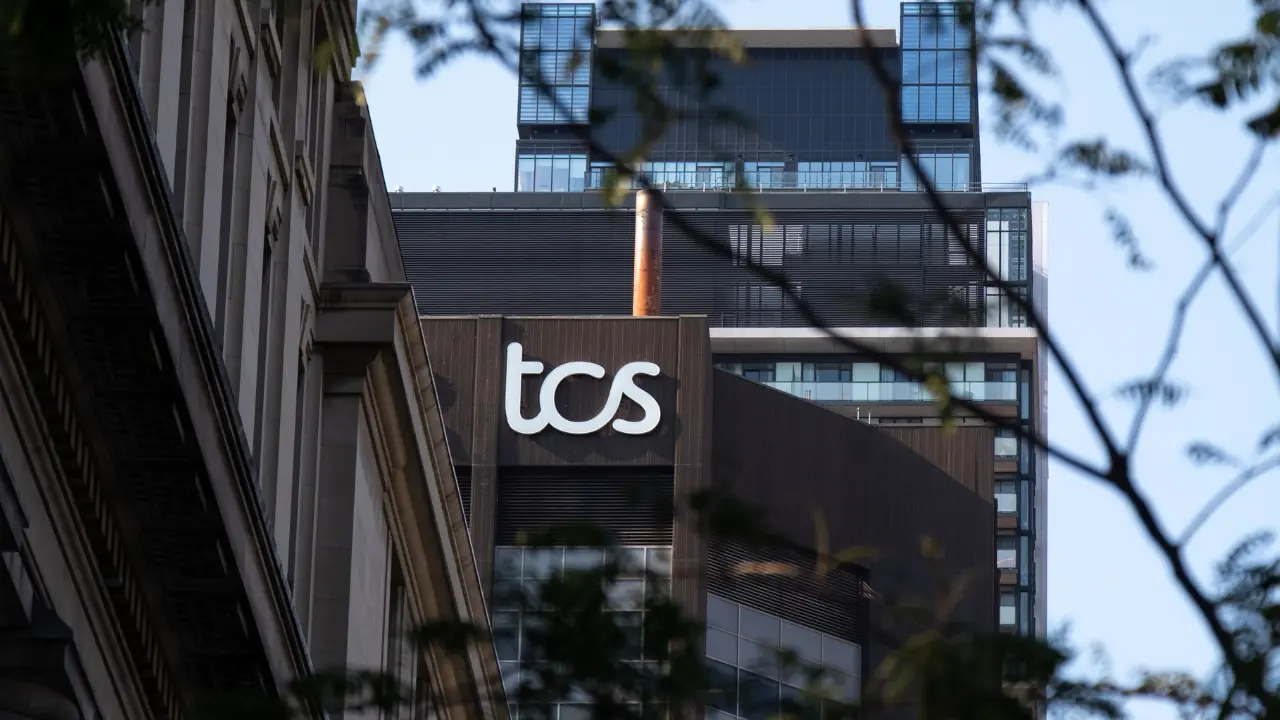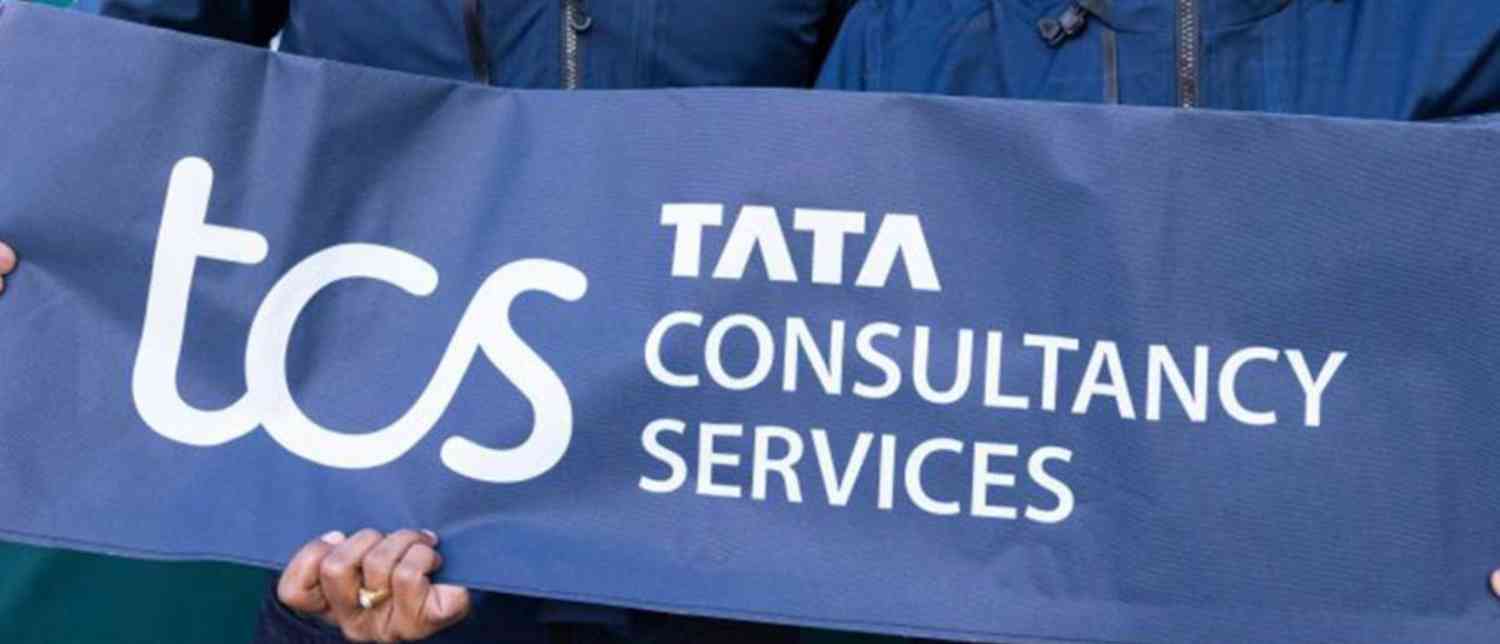From tech giants to airlines, a new wave of job cuts is sweeping across industries — and this time, companies are pointing fingers at artificial intelligence. They claim automation and AI adoption are replacing human roles at an unprecedented pace. Yet, critics argue that AI has conveniently become the corporate world’s newest scapegoat for layoffs that have deeper and more complex causes.

A Global Trend of Layoffs “Because of AI”
In the past few months, several global corporations have linked major job cuts to artificial intelligence initiatives.
In September, Accenture, the global tech consulting firm, announced a large-scale restructuring plan that includes swift exits for employees unable to reskill for AI-related roles. Just days later, Lufthansa, one of the world’s largest airlines, said it would eliminate 4,000 jobs by 2030, citing plans to use AI to boost efficiency across operations.
Salesforce followed suit, laying off 4,000 customer support staff and claiming that AI can now handle half of the company’s workload. Meanwhile, Swedish fintech company Klarna has reduced its workforce by 40% over two years as it rapidly integrates AI tools across departments.
Even the popular language-learning platform Duolingo has stated that it will gradually phase out its reliance on human contractors — replacing them with AI systems that can perform similar functions.
At first glance, these announcements paint a stark picture: a future where human employees are steadily replaced by machines. But according to experts, the story might not be so simple.
“AI Has Become a Scapegoat”
Fabian Stephany, an assistant professor specializing in AI and work at the Oxford Internet Institute, believes many companies are overstating AI’s role in workforce reductions.
“Previously, there was a stigma attached to using AI,” Stephany said in an interview with CNBC. “But now, companies are scapegoating the technology to take the fall for challenging business moves such as layoffs.”
According to Stephany, the narrative of “AI replacing jobs” allows companies to appear cutting-edge and forward-looking — while simultaneously deflecting attention from other structural issues such as overhiring, financial mismanagement, or slowing demand.
“There might be various other reasons why companies are having to get rid of part of their workforce,” he added. “For firms like Duolingo or Klarna, there was significant overhiring during the Covid-19 pandemic. The recent layoffs could simply be a market correction — but it’s much easier to say it’s because of AI.”
He described this as a form of “corporate scapegoating”, where AI becomes a convenient justification for difficult decisions. “Instead of admitting they miscalculated workforce needs two or three years ago, they can now say, ‘We’re restructuring because of AI.’”
Critics Call Out the “AI Excuse”
Stephany isn’t the only one raising an eyebrow.
Entrepreneur Jean-Christophe Bouglé, co-founder of Authentic.ly, called the current situation “a big excuse” in a viral LinkedIn post. He argued that the actual pace of AI adoption inside large corporations is far slower than the media suggests — and that many projects are even being rolled back due to cost, privacy, or security issues.
“At the same time, there are announcements of big layoff plans ‘because of AI,’” Bouglé wrote. “It looks like a convenient excuse, especially in an economy that’s slowing down despite the strong performance of stock markets.”
His comments have resonated with thousands of professionals online who feel that companies are using AI as a smokescreen for deeper problems like falling profits or inefficient structures.
“Feeding the Fear” of AI
Jasmine Escalera, a career expert, warns that this pattern of behavior is “feeding the fear of AI” among employees worldwide.
“Employees are already anxious because companies aren’t being transparent about how they’re implementing AI,” Escalera said. “Now, when companies openly say they’re laying people off because of AI, it only fuels panic and confusion.”
She emphasized that large corporations have a responsibility to communicate clearly and ethically about AI adoption — instead of normalizing opaque or misleading explanations for layoffs. “Big companies set the tone for what’s considered acceptable in business. They should be modeling honesty, not greenlighting bad behavior,” Escalera told CNBC Make It.
Companies Respond: “AI Isn’t the Whole Story”
Some firms, however, insist that their actions are being misunderstood.
A Salesforce spokesperson explained that its layoffs were tied to the success of Agentforce, the company’s internal AI agent, which reduced customer support cases and eliminated the need to “backfill” support engineer roles.
“We’ve successfully redeployed hundreds of employees into other areas like professional services, sales, and customer success,” the spokesperson added — implying that automation led to job shifts, not just cuts.
At Klarna, CEO Sebastian Siemiatkowski has publicly pushed back against claims that AI was the sole reason for the company’s downsizing. He clarified that the workforce reduction from 5,500 to 3,000 employees over two years was also due to organizational restructuring and natural attrition.
“AI is only part of that story,” Siemiatkowski wrote on X (formerly Twitter). He added that Klarna has made “zero layoffs due to AI” but has largely stopped hiring since 2023, partly because of increased automation.
Meanwhile, Lufthansa and Accenture declined to comment on the specifics of their AI-related restructuring plans. Duolingo also did not respond to CNBC’s request for comment.
Data Shows AI Isn’t Causing Mass Job Losses — Yet
Despite the headlines, several recent studies suggest that the real impact of AI on the labor market remains modest — at least for now.
The Budget Lab at Yale University, a nonpartisan policy research center, released a report showing that U.S. labor markets have been “little disrupted” by AI since the release of ChatGPT in 2022.
Analyzing data from November 2022 to July 2025, researchers used a “dissimilarity index” to measure changes in the occupational mix — essentially, how much the types of jobs have shifted in the economy. Compared to earlier technological revolutions like the introduction of computers or the internet, AI’s current disruption appears relatively minor.
Similarly, a New York Federal Reserve study published in September found that firms using AI are not reporting significant job losses.
In fact, AI adoption among companies is rising rapidly — but not primarily for layoffs. According to the research:
-
40% of service firms said they used AI in 2025, up from 25% the previous year.
-
Manufacturing firms using AI increased from 16% to 26% over the same period.
-
Only 1% of service firms reported layoffs directly due to AI in the past six months — a drop from 10% in 2024.
-
35% of service companies used AI to retrain employees, and *11% hired more workers as a result of new AI-related roles.
These findings reinforce what experts like Stephany have been saying — that AI-driven mass unemployment isn’t materializing, at least not yet.
“We’ve Seen This Fear Before”
Stephany also noted that anxiety about technology replacing human labor isn’t new. “Economists call it structural unemployment,” he explained, “but I don’t think it’s happening at scale right now.”
He pointed out that fears of machines ending human work have surfaced repeatedly throughout history — from the Industrial Revolution to the rise of the internet. “Even Roman emperors once banned certain machines because they feared they would take jobs,” Stephany said. “But every time, the opposite happened: technology made industries more productive and created entirely new types of work.”
He gave the example of social media influencers and app developers — professions that didn’t exist just 20 years ago. “AI will likely follow the same pattern,” he predicted.
The TCS Example: India’s AI-Driven Job Shift
The global debate isn’t limited to Western economies. In India, Tata Consultancy Services (TCS) — the country’s largest private-sector employer — recently made its steepest-ever job cuts, citing both global headwinds and a shift toward AI-driven efficiency.
In the quarter ending September 30, TCS reduced its workforce by 19,755 employees, bringing its total headcount below 600,000 for the first time since March 2022. The company set aside ₹11.35 billion ($128 million) for severance-related costs.
According to Sudeep Kunnumal, TCS’s Chief Human Resources Officer, the cuts primarily affect middle and senior management roles facing a “skills and capability mismatch.” He said the company plans to reduce around 2% of its workforce by March 2026, as part of a broader transition toward generative AI and emerging digital technologies.
Analysts at Citi described the move as a sign of a “weak business outlook”, noting that TCS’s quarterly profits fell short of expectations largely because of one-time costs linked to job reductions.
Beyond AI, geopolitical tensions — including U.S. visa restrictions and tariffs — have also complicated operations for Indian tech firms. Nevertheless, TCS said it is continuing to localize its U.S. workforce and invest in “future-relevant skills” to adapt quickly to policy and technological shifts.
The Bottom Line: A Convenient Narrative
For now, the notion that AI alone is responsible for mass job losses doesn’t hold up to scrutiny. While automation is undoubtedly changing how businesses operate, most evidence points to corporate strategy, overhiring, and market slowdowns as the real culprits behind many layoffs.
As companies race to appear innovative, the temptation to blame AI for tough decisions may only grow. But experts warn that doing so risks deepening public mistrust — and feeding a fear that may be far more damaging than the technology itself.
With inputs from agencies
Image Source: Multiple agencies
© Copyright 2025. All Rights Reserved. Powered by Vygr Media.























